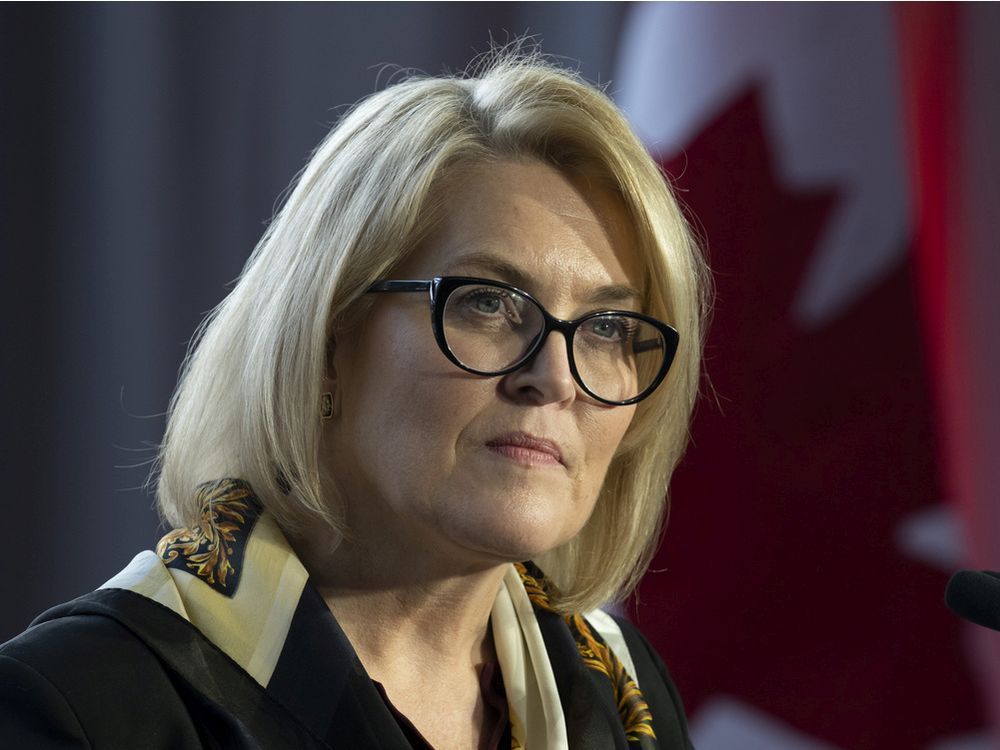dowlingm
Senior Member
The point isn't any one corridor - it’s the network. Even the return of the Northlander depends on CN goodwill over the Bala.Around the world there are a range of options for infrastructure, particularly rail infrastructure, ownership; from outright State ownership and operation to complete free market. When you consider CN, Air Canada and Petro-Can, successive Canadian governments have walked away from most everything that generates profit. Transit and passenger rail are the two exceptions because, well, they are anything but money-makers in most countries.
I get the concept of land banking to preserve right-of-ways, but when public money is involved, there has to be some kind of realistic end-goal. I don't see it for the former CP Ottawa Valley route. GTA/GTHA/GGH or whatever alphabet is applied to the Toronto area, sure. S/W Ontario and the T-O-M corridor, sure, but a several hundred kilometer long passenger only route through an otherwise very low population corridor between disparate population centres? The fact that there is a grand total of one bus per day and zero direct flights between Ottawa and northern Ontario might be telling. Do you sufficient potential growth in this corridor to justify the public funds that would have to be poured into it?
The more of the network that passes into state ownership, the more the state can do with it. But in France’s case, it is able to ensure that air routes are restricted while also ensuring rail options exist to replace them. For the feds to ban air travel in that way would be a useless joke in Canada because we are decades away from plausible replacements, both in construction but also because the state at either level refuses to take necessary control of necessary infrastructure. Imagine Canada with private toll roads between our regions which not only charge for transit but also pick and choose which trucks or buses can transit. That is what the Parliament of Canada permits on the railways. We could solve that with nationalization, open access, or a mix - if government didn’t live in dread of how the American railways (Canadian in their name or not) would respond to that.





